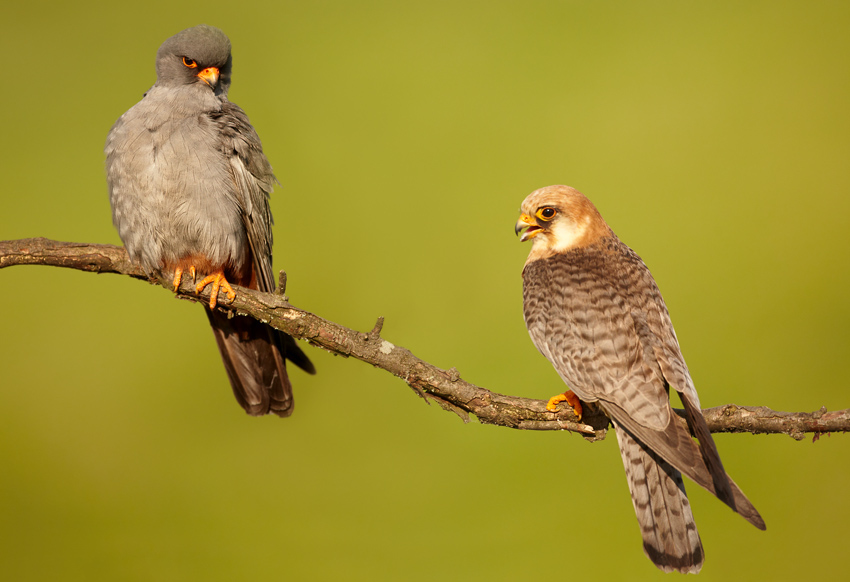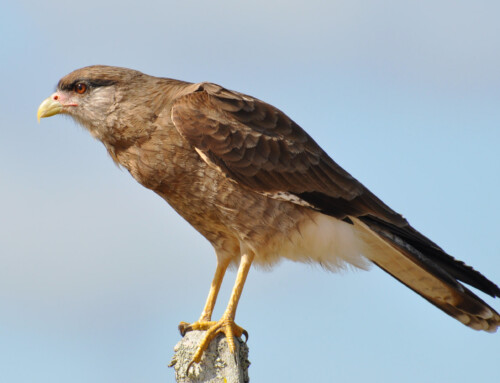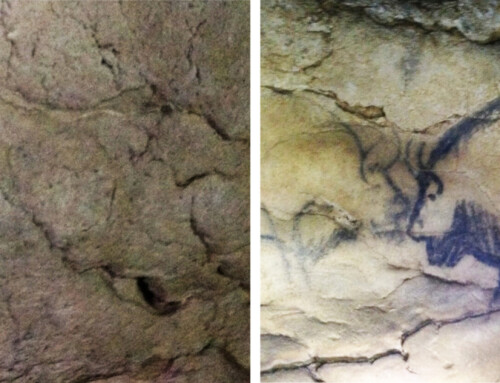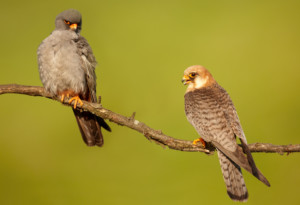 LINKED PAPER
LINKED PAPER
Extra‐pair paternity, intraspecific brood parasitism, quasi‐parasitism and polygamy in the Red‐footed Falcon (Falco vespertinus). Magonyi, N. M., Szabó, K., Fehérvári, P., Solt, S., Palatitz, P., Vili, N., Bertók, P. & Mátics, R. 2021. IBIS. DOI: 10.1111/ibi.12932. VIEW
When you take a peek into a birds’ nest, chances are quite high that not all nestlings are related to the parents attending the nest. Females might dump eggs in other nests when the owners are not paying attention. Or a neighboring male might have quickly mated with the local female while her social partner was out foraging. These reproductive strategies – brood parasitism and extra-pair copulations – have been reported in numerous bird species (Griffith et al. 2002). To avoid becoming victim of these sneaky behaviors, several species have evolved countermeasures, such as parents protecting the nest from intruders or males closely guarding their social partner. However, it is impossible to be vigilant all the time. In Red-footed Falcons (Falco vespertinus), for example, nests are left unguarded for ca. 20% of the time and females are not kept tabs on by males for roughly half of the time (Ille et al. 2002). Could these lapses of attention result in extra-pair copulations and brood parasitism?
Monitoring nests
A team of Hungarian researchers travelled to the Körös-Maros National Park to determine the frequency of extra-pair offspring in Red-footed Falcons. Between 2008 and 2015, they monitored the nests of 37 falcon families and determined the parentage of the offspring with genetic tools. Across this study period, the researchers detected three nests with extra-pair offspring. In one nest, the genetic analyses revealed that two of the three young were not related to the social male, while in another nest the genetics of one of the three young did not match the social female. A third nest contained one nestling (out of four) that was unrelated to both parents. These results suggest that extra-pair copulations and brood parasitism are relatively rare in the Red-footed Falcon. Similar numbers have been reported in other falcon species, such as Common Kestrel (Falco tinnunculus) and the Lesser Kestrel (Falco naumanni).
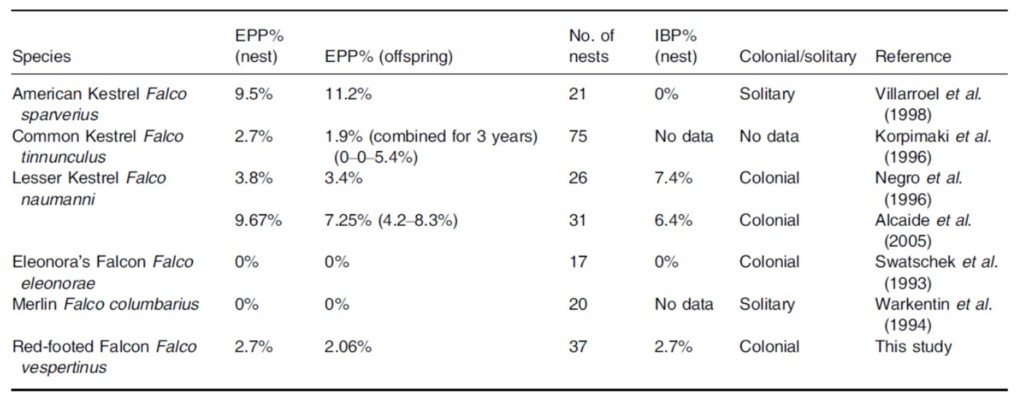
Table 1. An overview of extra-pair copulations (EPC) and intraspecific brood parasitism (IBP) in different falcon species.
Next boxes
The number of extra-pair offspring might increase in the future due to recent conservation measures. In Hungary, the Red-footed Falcon experienced a dramatic population decline. Among other conservation measures, the application of artificial nest boxes has helped this species recover. Consequently, most Red-footed Falcons in Hungary have switched from natural nests to breeding in these artificial nest boxes (Kotymán et al. 2015). As a result, more Red-footed Falcons are now breeding in colonies – between 1997 and 2009 coloniality increased from 40% to 85% (Palatitz et al. 2018). The denser populations provide more opportunities for brood parasitism and extra-pair copulations. In addition, the limited view in nest boxes, compared to open natural nests, could also increase the incidence of these behaviors. If the percentage of extra-pair offspring becomes too high, females might react by abandoning their nests, turning the artificial nest boxes into an ecological trap. Continued monitoring of the Red-footed Falcons in Hungary is thus crucial.
References
Griffith, S.C., Owens, I.P.F. & Thuman, K.A. (2002). Extra pair paternity in birds: a review of interspecific variation and adaptive function. Molecular Ecology 11: 2195– 2212. VIEW
Ille, R., Hoi, H., Grinschgl, F. & Zink, R. (2002). Paternity assurance in two species of colonially breeding falcon: the Kestrel Falco tinnunculus and the Red-footed Falcon Falco vespertinus. Etologia 10: 11– 15. VIEW
Kotymán, L., Solt, S., Horváth, É., Palatitz, P. & Fehérvári, P. (2015). Demography, breeding success and effects of nest type in artificial colonies of Red-footed Falcons and allies. Ornis Hungarica 23: 1– 21. VIEW
Palatitz, P., Solt, Sz & Fehérvári, P. (2018). The Blue Vesper – Ecology and Conservation of the Red-footed Falcon. Budapest: MME BirdLife Hungary. VIEW
Image credits
Top right: Red-footed Falcons (Falco vespertinus) | Martin Mecnarowski | CC BY-SA 3.0 Wikimedia Commons
Blog posts express the views of the individual author(s) and not those of the BOU.
If you want to write about your research in #theBOUblog, then please see here



